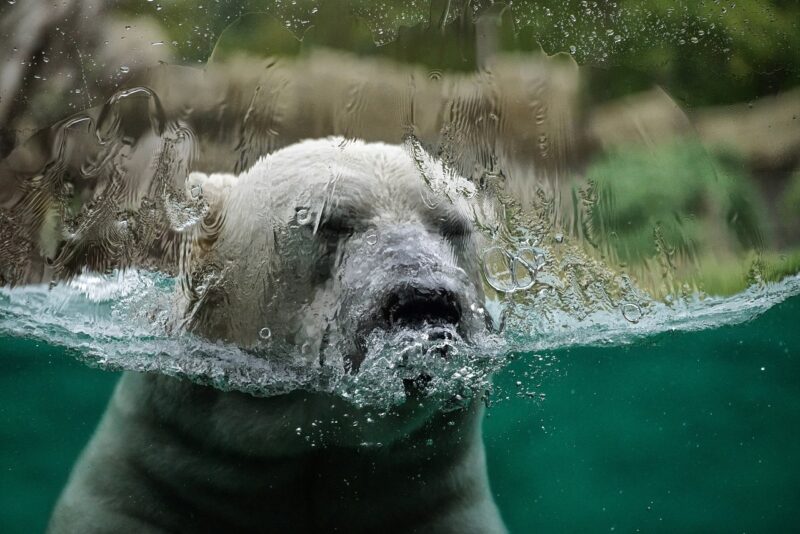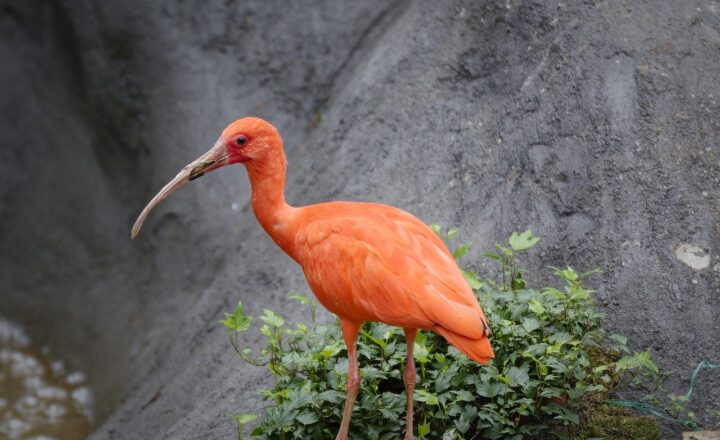The Evolution of Earth’s Climate and How It’s Shaped Life on Our Planet
November 12, 2024

Earth’s climate has undergone profound transformations over billions of years, shaping the course of life in countless ways. From the primordial conditions of the early planet to the modern ecosystems we see today, the evolution of our climate has dictated the survival and proliferation of numerous species. In this article, we will explore the significant milestones in Earth’s climatic history and examine how these changes have influenced the diverse forms of life that inhabit our planet.
1. The Formation of Earth and Its Early Atmosphere
The Earth formed approximately 4.5 billion years ago, initially as a molten mass. As it cooled, a primitive atmosphere began to take shape, primarily composed of carbon dioxide, water vapor, methane, and ammonia. This early atmosphere lacked oxygen and was hostile to life as we know it.
During this period, the planet’s surface was marked by volcanic activity and frequent meteorite impacts, leading to a greenhouse effect that trapped heat. The high temperatures and heavy rainfall eventually allowed for the formation of oceans, creating a stable environment essential for the emergence of life.
2. The Great Oxygenation Event
Around 2.4 billion years ago, life on Earth entered a transformative phase known as the Great Oxygenation Event (GOE). Cyanobacteria, or blue-green algae, began to produce oxygen through photosynthesis, dramatically altering the atmosphere and allowing for aerobic life forms to thrive.
This influx of oxygen led to the development of more complex life forms and ecosystems. However, this transition was slow and often tumultuous, as many organisms could not adapt to the increasing oxygen levels, resulting in mass extinctions. Nevertheless, the GOE marked a pivotal moment in Earth’s climate evolution, paving the way for the biodiversity that would follow.
3. The Ice Ages and Their Impact on Life
Earth has experienced several Ice Ages, the most recent of which began about 2.4 million years ago and continues to influence climate today. Ice ages are characterized by significant global cooling, leading to the expansion of ice sheets in polar regions and glacial activity in temperate zones.
The most recent glacial period, known as the Pleistocene, saw drastic changes in the Earth’s biomes. Many species had to adapt to colder climates, migrate to warmer areas, or face extinction. Larger mammals, like mammoths and saber-toothed cats, roamed the earth, while early humans were also impacted by the prevailing conditions, leading to their migration and adaptation strategies.
4. The Holocene and the Rise of Civilization
Following the last Ice Age, the Earth entered the Holocene epoch, which began approximately 11,700 years ago. This warmer period allowed for the flourishing of agriculture and the rise of human civilization. As glaciers receded and climates stabilized, people began to settle and develop societies, which in turn impacted the environment and climate through the extensive use of resources.
The Holocene is crucial in understanding modern climate dynamics, as it represents a period where human activities began to influence the climate system, resulting in deforestation, urbanization, and innovations like irrigation.
5. The Anthropocene: Human Influence on Climate
In the recent past, particularly since the Industrial Revolution, human activities have begun to induce rapid changes in Earth’s climate. The burning of fossil fuels, deforestation, and modern agricultural methods have significantly increased greenhouse gas concentrations in the atmosphere, resulting in global warming.
This phenomenon has led to rising sea levels, extreme weather events, and disruptions to natural ecosystems. Species that cannot adapt to these rapid changes face extinction, while new ecosystems are developing in response to shifting climate patterns. The actions taken by humanity today have lasting implications for future generations and the planet’s climate.
6. The Role of Climate in Shaping Biodiversity
Understanding the evolution of Earth’s climate is vital in comprehending how life on our planet has adapted and evolved in response to changing conditions. Climate influences factors such as habitat availability, food sources, and reproductive trends, dictating the survival of species.
The proximity to the equator, altitude, and geographic features have led to the development of distinct biomes ranging from tropical rainforests to polar ice caps. These differences in climate result in varying biodiversity; for example, warmer climates typically support more diverse species than colder regions.
However, the current rate of climate change poses a threat to this biodiversity, resulting in habitat loss and fragmented ecosystems. Many species are struggling to adapt or migrate, which amplifies the importance of climate conservation efforts.
7. Looking Ahead: Climate Change and Future Life on Earth
As we face unprecedented climatic changes driven by human activity, it is essential to understand the potential consequences for life on Earth. Climate projections indicate widespread effects such as altered precipitation patterns, increased frequency of extreme weather events, and the potential for tipping points that could drastically change global climate patterns.
The consequences of these shifts could lead to mass extinctions, changes in agricultural productivity, and impacts on water availability. However, there remains hope through adaptive strategies and mitigation efforts aimed at reducing greenhouse gas emissions and enhancing biodiversity conservation measures.
Conclusion: The Interconnectedness of Climate and Life
The evolution of Earth’s climate has been a continuous cycle of change, shaping the course of life on our planet. Recognizing the intricate relationship between climate and biodiversity can guide us in our understanding of the present challenges we face, as well as inform our efforts to protect and sustain life in the future. As stewards of the planet, it is our responsibility to address climate change and promote a healthier relationship with the environment, ensuring that life on Earth can continue to thrive for generations to come.








